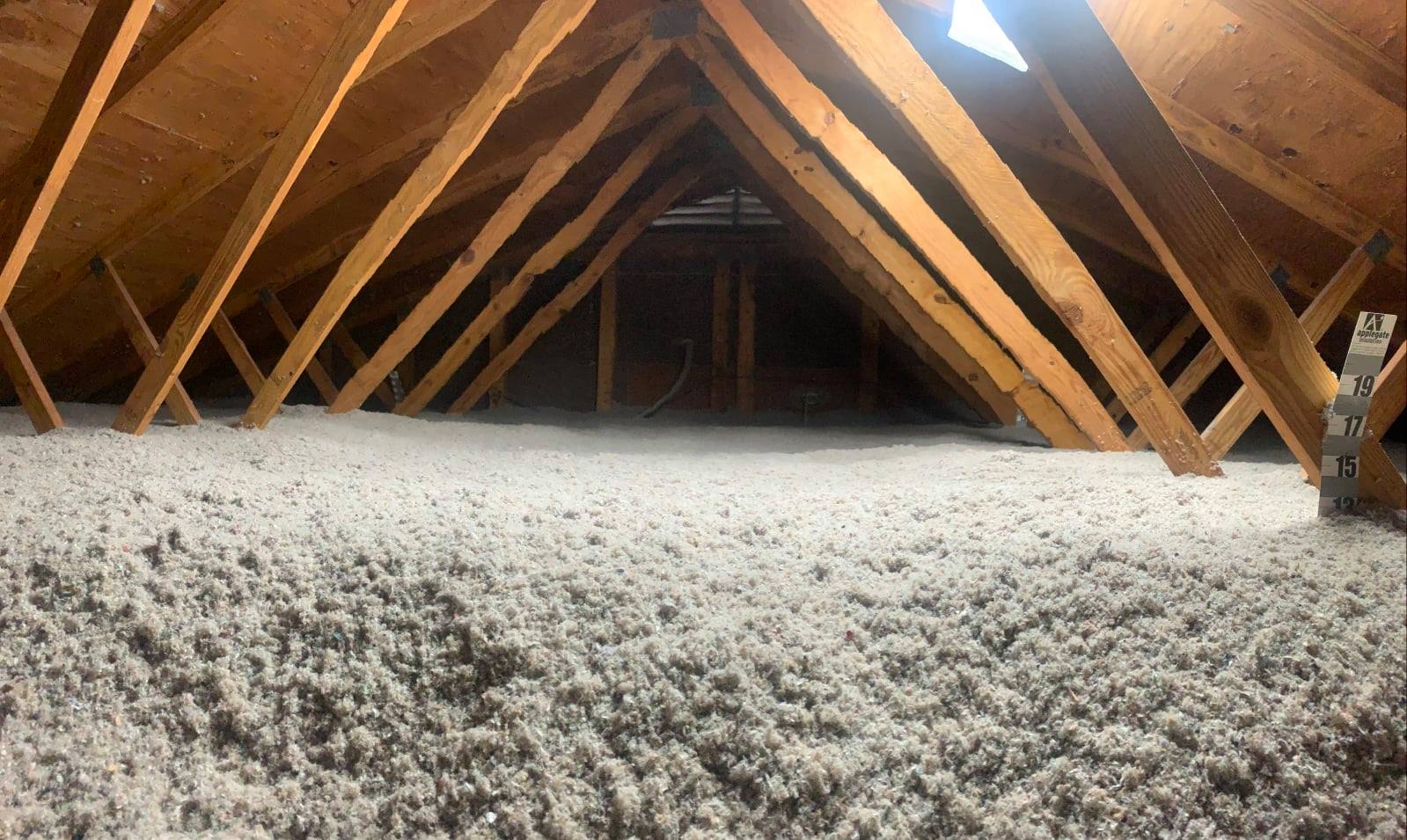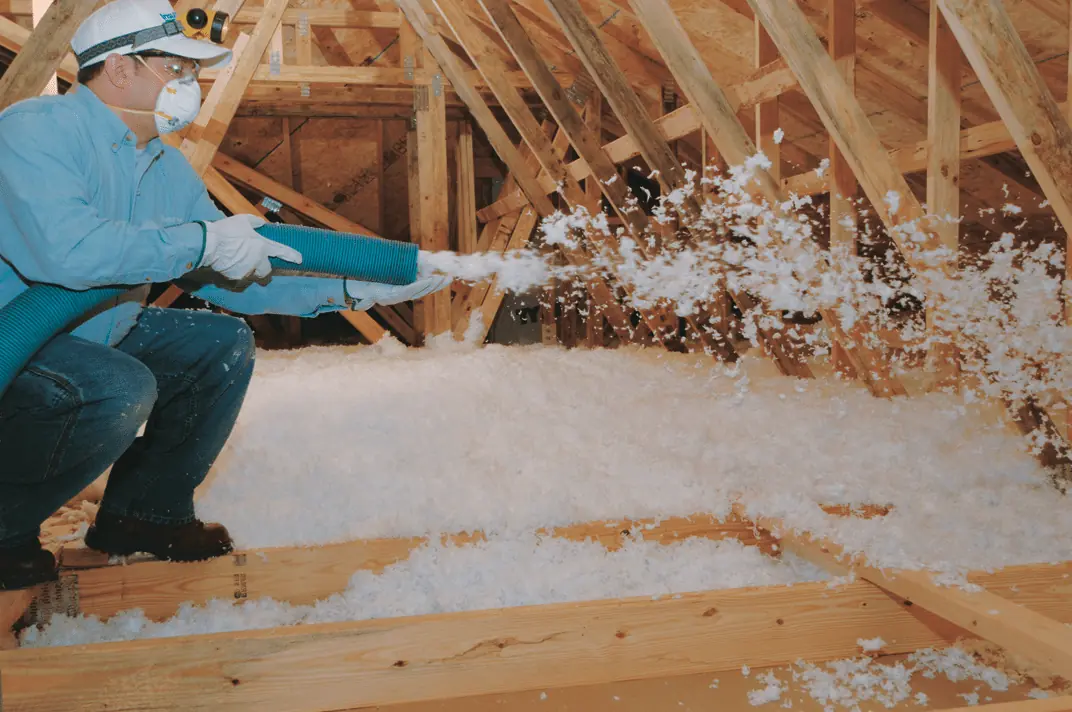Attic Insulation DFW: Increase Your Home's Value and Performance
Attic Insulation DFW: Increase Your Home's Value and Performance
Blog Article
Discover the Different Sorts Of Attic Insulation and Their Distinct Advantages for Your Home's Power Effectiveness

Fiberglass Insulation
Fiberglass insulation is among the most typically utilized materials for attic room insulation as a result of its exceptional thermal efficiency and cost-effectiveness. Composed of tiny glass fibers, this product effectively traps air, developing a protecting barrier that helps maintain constant indoor temperatures. Its high R-value per inch makes it especially reliable at withstanding warmth transfer, which is critical for power conservation in homes.
Setup of fiberglass insulation is reasonably uncomplicated, typically offered in batts or loose-fill kinds, fitting different attic room setups. In addition, it is resistant and non-combustible to moisture, reducing the threat of mold and mildew growth. This resilience adds to its durability, making fiberglass a viable long-term financial investment for home owners.
In addition, fiberglass insulation is commonly manufactured from recycled products, which boosts its eco-friendliness. The product can likewise contribute to soundproofing, reducing noise transfer between spaces. While it is vital to wear protective equipment during setup to stay clear of irritability from the fibers, the overall advantages of fiberglass insulation, consisting of power cost savings and ecological considerations, make it a prominent choice for boosting attic efficiency and advertising a comfy living atmosphere.
Spray Foam Insulation
Spray foam insulation is a highly efficient alternative for attic insulation, recognized for its premium air sealing and thermal performance. This innovative insulation material is composed of a mix of isocyanate and polyol resin, which, when incorporated, expands rapidly to load spaces and cavities in the attic area. Its capability to comply with different surfaces ensures a continuous obstacle versus air leakages, dramatically decreasing warmth loss throughout cooler months and warmth gain during warmer seasons.
Among the vital advantages of spray foam insulation is its high R-value per inch, which suggests it supplies superb thermal resistance in a fairly slim application. This is particularly helpful in attics where room is often minimal. Furthermore, spray foam can help lessen moisture build-up, minimizing the threat of mold and mildew development, which can be damaging to both the structure and indoor air quality.
While the initial expense of spray foam insulation may be greater than standard options, its long-lasting energy cost savings, coupled with increased comfort and enhanced home value, make it a rewarding financial investment for home owners seeking enhanced power efficiency. Attic Insulation DFW. In general, spray foam insulation sticks out as a reliable solution for enhancing attic room insulation
Cellulose Insulation

Cellulose insulation is a popular option for attic insulation, primarily made up of recycled paper items treated with fire retardants. This eco-friendly alternative is understood for its outstanding thermal performance, successfully lowering warmth transfer in both summertime and winter months. The dense make-up of cellulose permits it to load gaps and voids in attic room areas, offering a smooth obstacle versus air leaks.
One of the significant benefits of cellulose insulation is its ability to resist mold and mildew and parasites, owing to the fire resistant therapies used during manufacturing. Additionally, it boasts a high R-value per inch, which converts right into premium power performance. Home owners can expect reduced heating & cooling costs as a result of enhanced insulation.
Setup is normally completed through blowing loosened cellulose right into the wanted location, permitting for a reliable and quick procedure. This approach also minimizes disruption to the existing framework. Additionally, cellulose insulation has a reasonably reduced ecological impact, as its manufacturing procedure uses recycled materials, adding to lasting building practices.
Rock Wool Insulation
Amongst the numerous options for attic insulation, rock wool, likewise known as mineral wool, stands apart as a result of its remarkable thermal and acoustic efficiency. Made from recycled or all-natural materials, rock woollen is produced by thawing rock and spinning it into fibers, causing a product that supplies excellent insulation properties.
Among the considerable benefits of rock wool insulation is its high R-value, which suggests its effectiveness in standing up to heat circulation. This characteristic not only improves energy efficiency but additionally contributes to maintaining a comfy indoor temperature year-round. Furthermore, rock wool is inherently fire-resistant, making it a more secure choice for homes as it can withstand high temperatures without melting or launching hazardous fumes.
In addition, rock woollen insulation masters soundproofing abilities, effectively decreasing sound transmission between rooms and from outdoors sources. This makes it an excellent choice for home owners looking for a calm living setting. In addition, rock wool is moisture-resistant, assisting to avoid mold growth and preserving the structural stability of the attic room area. Generally, rock woollen insulation gives a thorough solution for enhancing energy performance, security, and convenience in residential settings.
Radiant Barrier Insulation
Radiant barrier insulation offers as an effective solution for reducing warmth transfer in attic rooms, especially in warmer environments. This kind of insulation jobs by showing convected heat far from living rooms, thus minimizing the quantity of warm that enters a home during heat - Attic Insulation DFW. Commonly composed of a very reflective product, such as aluminum foil, glowing barriers are installed in attics, facing the roof covering, where they can intercept inbound warm from the sun
The primary benefit of glowing barrier use this link insulation is its ability to lower cooling prices. By showing warm instead than absorbing it, glowing obstacles can assist maintain an extra secure indoor temperature, reducing the workload on cooling systems. This efficiency equates into reduced energy costs and raised comfort for home owners.
In addition to power financial savings, glowing barriers can additionally add to enhanced interior air top quality. By like this minimizing heat buildup, they aid lessen humidity levels, which can avoid mold and mildew growth and enhance overall air blood circulation. When set up properly, glowing barrier insulation can be an invaluable enhancement to any kind of energy-efficient home, making it a worthy consideration for homeowners aiming to improve their attic room insulation method.
Final Thought
In verdict, understanding the various kinds of attic room insulation-- fiberglass, spray foam, cellulose, rock woollen, and radiant obstacles-- enables homeowners to make informed choices pertaining to energy effectiveness. By choosing the ideal insulation material, substantial decreases in energy prices can be achieved, along with enhancements in indoor comfort.

In conclusion, understanding the various types of attic room insulation-- fiberglass, spray foam, cellulose, rock woollen, and radiant obstacles-- enables home owners to make enlightened choices concerning power performance.
Report this page